America’s pastime didn’t just happen in big cities with major league teams. Some of the most authentic connections between baseball and community happened in smaller towns where the local team became the heartbeat of the entire area. These places didn’t just host games — they grew around them, shaped their identity through them, and built lasting legacies that extend far beyond the diamond.
Here is a list of 20 towns where baseball truly built the community, creating bonds that last for generations.
Cooperstown, New York
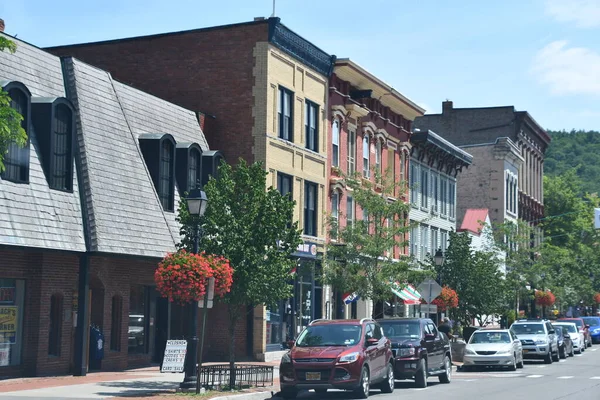
This small village in central New York exists almost entirely because of baseball’s mythology. The National Baseball Hall of Fame, established in 1939, transformed what was once a quiet farming community into America’s most sacred baseball destination.
Every summer, roughly 260,000 visitors make pilgrimages here to a village of only 1,800 residents, creating a tourism-based economy that revolves around the game. Main Street becomes a year-round celebration of baseball history that defines the community’s entire identity.
Williamsport, Pennsylvania
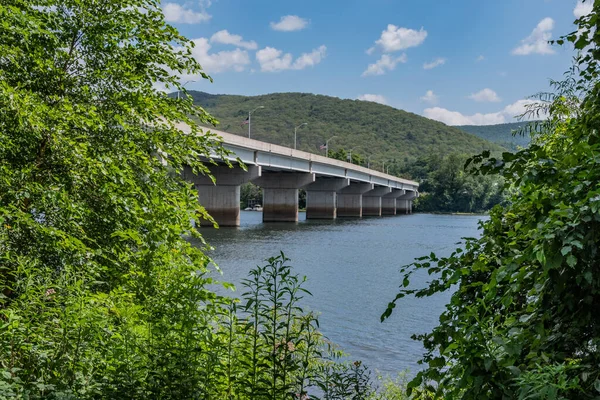
Little League baseball started here in 1939, and the town never looked back. Every August, Williamsport becomes the center of the youth baseball universe when kids from around the world compete in the Little League World Series.
The tournament draws about 75,000 visitors and generates $32–$40 million in regional economic impact, putting this Pennsylvania town on the map for families everywhere who dream of their children playing on these fields.
Like Travel Pug’s content? Follow us on MSN.
Dyersville, Iowa

A cornfield in this small Iowa farming town became one of baseball’s most famous locations after the movie ‘Field of Dreams’ was filmed here. The baseball diamond carved out of crops attracts 65,000 to 100,000 visitors annually to a community of just 4,000 people.
Local businesses have built enterprises around baseball tourism — proving that “if you build it, they really will come.”
Louisville, Kentucky

The Louisville Slugger bat factory made this Kentucky city synonymous with America’s most iconic piece of baseball equipment. For over 140 years, the Hillerich & Bradsby company has crafted bats for major leaguers, with 80% of Hall of Fame players using their bats.
The giant bat outside the factory has become as much a part of the city’s identity as any landmark, symbolizing Louisville’s connection to the game.
Omaha, Nebraska
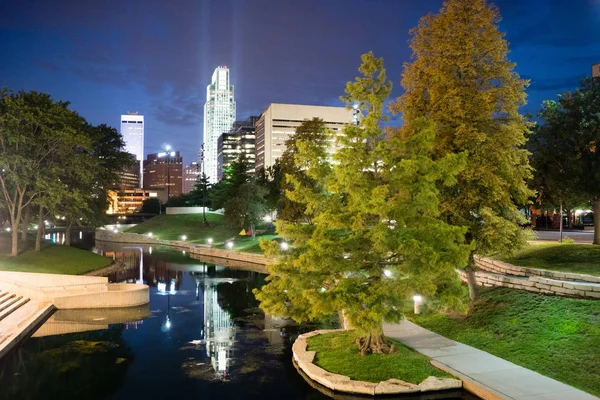
The College World Series calls Omaha home, transforming this Midwest city into college baseball’s ultimate destination every June. Since 1950, the tournament has generated a massive economic impact — over $115 million annually, supporting more than 22,000 jobs and filling 75,000 hotel room nights.
Hotels, restaurants, and local businesses plan their entire year around those magical two weeks when the best college teams compete downtown.
Like Travel Pug’s content? Follow us on MSN.
Durham, North Carolina
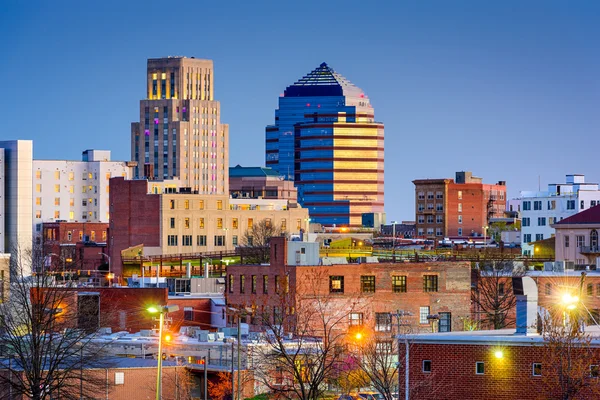
The Durham Bulls turned this North Carolina tobacco town into a minor league baseball mecca long before the movie ‘Bull Durham’ made them famous. The team provided entertainment and community pride during the city’s transition from tobacco manufacturing to technology and research.
Durham Bulls Athletic Park became central to downtown revitalization, creating a gathering place where baseball brought the community together around a shared identity.
Rochester, New York
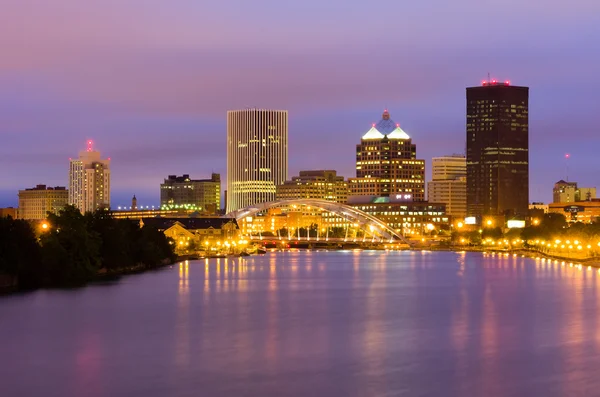
The Rochester Red Wings have been the backbone of this upstate New York community since 1899, making them one of the oldest continuously operating minor league franchises. Through economic ups and downs, the team provided stability and local identity when major industries left town.
The Red Wings became proof that a community could maintain its spirit even when times got tough.
Pawtucket, Rhode Island
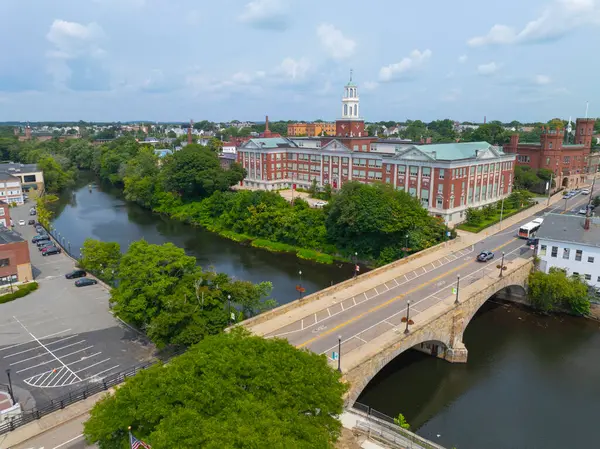
The Pawtucket Red Sox created a baseball identity for this small industrial city that lasted over 50 years until their 2020 relocation. The longest game in professional baseball history happened here in 1981, putting Pawtucket on the sports map forever.
McCoy Stadium became a community gathering place where generations of families made attending PawSox games their summer tradition, supporting local businesses that relied on game-day traffic.
Like Travel Pug’s content? Follow us on MSN.
Toledo, Ohio
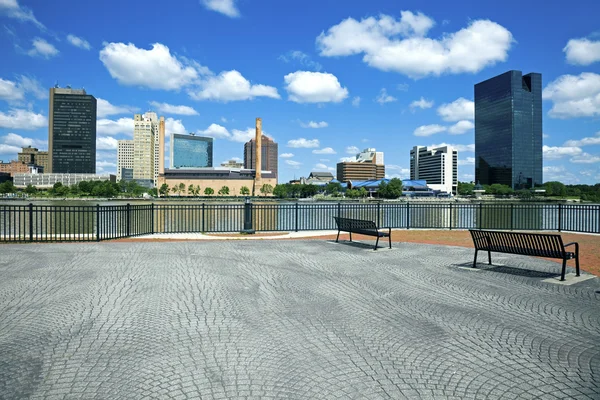
The Toledo Mud Hens turned an unusual team name into a source of community pride that spans over a century. This Ohio city embraced the quirky moniker and built a baseball culture around it since 1896, with local businesses incorporating mud hen imagery throughout downtown.
The team survived the Great Depression and multiple league changes because Toledo residents refused to let their baseball identity disappear.
Norfolk, Virginia
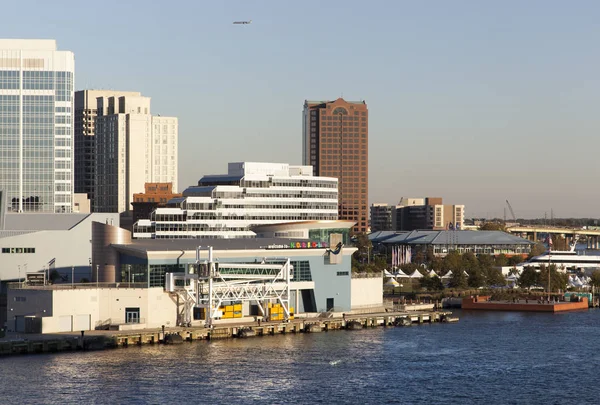
The Norfolk Tides transformed this naval city’s entertainment landscape when they began play in 1961. Harbor Park became an anchor for downtown development, giving military families and residents a common gathering place in a city where people come and go with naval assignments.
The scenic ballpark on the Elizabeth River waterfront created a unique baseball atmosphere that defined Norfolk summers.
Memphis, Tennessee
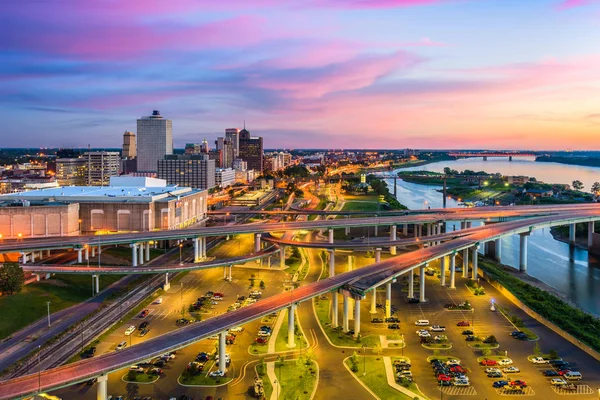
The Memphis Redbirds helped revitalize downtown Memphis when they moved into AutoZone Park in 2000. The $24 million ballpark became an anchor for the city’s entertainment district, generating approximately $8.5 million in annual tax revenue and supporting hundreds of jobs.
Local barbecue joints and music venues found new life serving baseball fans, creating a uniquely Memphis blend of baseball, blues, and barbecue.
Like Travel Pug’s content? Follow us on MSN.
Columbus, Ohio
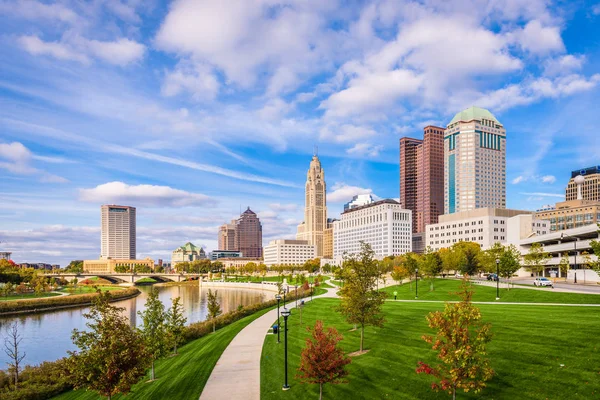
The Columbus Clippers provided this state capital with a professional sports identity for decades before major league teams arrived. Since 1977, generations of local families have grown up attending Clippers games, making the team part of Columbus’ DNA.
When Huntington Park opened downtown in 2009, it sparked development in the Arena District and proved the franchise’s lasting value to the community.
Fresno, California
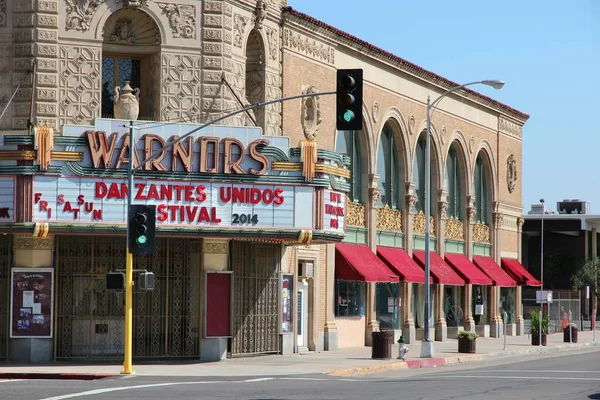
The Fresno Grizzlies brought professional baseball to California’s Central Valley in 1998, giving agricultural workers and their families affordable entertainment in a region often overlooked by major sports. The team operates from downtown’s Chukchansi Park, hosting over 100 nonprofit events annually and donating more than $180,000 in tickets and memorabilia in 2023 alone.
Local youth leagues flourished around the professional example set downtown.
Syracuse, New York

The Syracuse Chiefs (now Mets) anchored this upstate New York City’s sports scene for decades, providing consistency in a community that watched other industries come and go. The minor league team gave working families a shared experience that crossed economic and social boundaries.
Even as the city faced population decline, baseball remained a constant source of civic pride and community identity.
Like Travel Pug’s content? Follow us on MSN.
Albuquerque, New Mexico
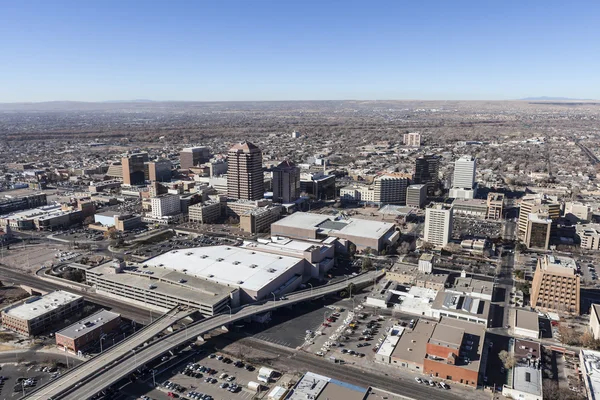
The Albuquerque Isotopes brought Triple-A baseball to New Mexico in 2003, giving the state’s largest city a professional sports team to call its own. The franchise, named after a ‘Simpsons’ episode, embraced quirky marketing that matched Albuquerque’s unique southwestern personality.
The team raised over $429,000 for nonprofits in 2023 while hosting adaptive clinics and youth programs that introduced baseball to new generations of desert kids.
Buffalo, New York
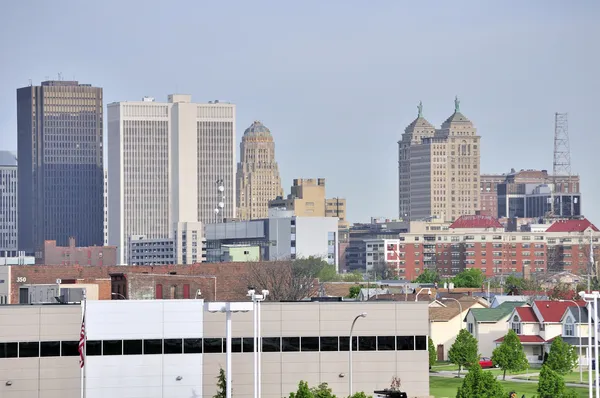
The Buffalo Bisons gave this rust belt city something to cheer about during its most challenging economic periods. The team’s downtown Sahlen Field became a symbol of Buffalo’s determination to rebuild, setting minor league attendance records with 1.24 million fans in 1991.
Local fans developed fierce loyalty to players passing through on their way to the major leagues, creating a unique baseball culture built on hope and resilience.
Salt Lake City, Utah
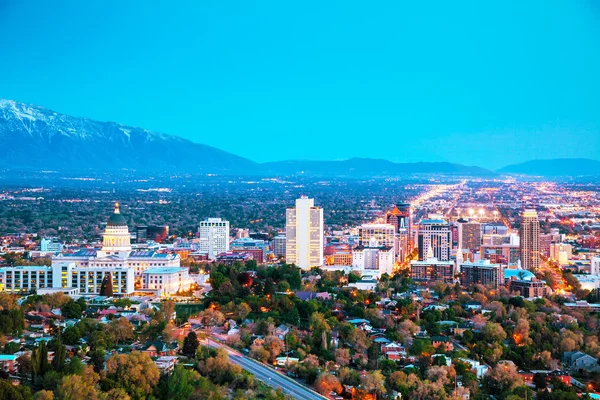
Professional baseball gave Salt Lake City a summer tradition that lasted 30 years when the Salt Lake Bees played at downtown Smith’s Ballpark from 1994 to 2024. The team created new traditions for Utah families while introducing baseball to communities where the game wasn’t deeply rooted.
After the Bees relocated in 2025, the city is transforming the former ballpark site into a mixed-use community development, ensuring the area remains a gathering place for residents.
Like Travel Pug’s content? Follow us on MSN.
Las Vegas, Nevada
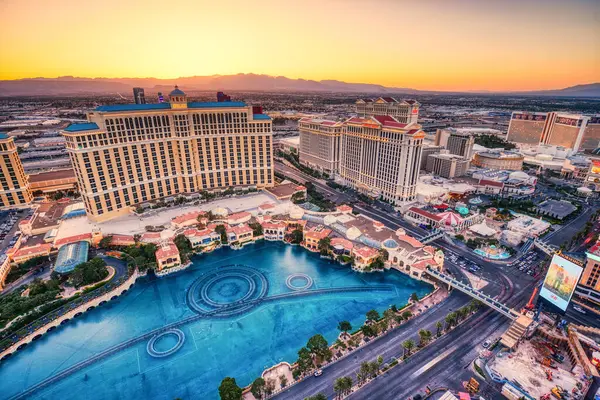
Professional baseball gave Las Vegas families an alternative to the casino entertainment that dominated the city’s image. The franchise evolved from the Stars to the 51s to the Aviators, providing wholesome entertainment in a place often known for adult pursuits.
The modern Las Vegas Ballpark in Summerlin, which opened in 2019, nearly doubled attendance and gave kids in the desert a chance to dream about playing baseball.
Binghamton, New York
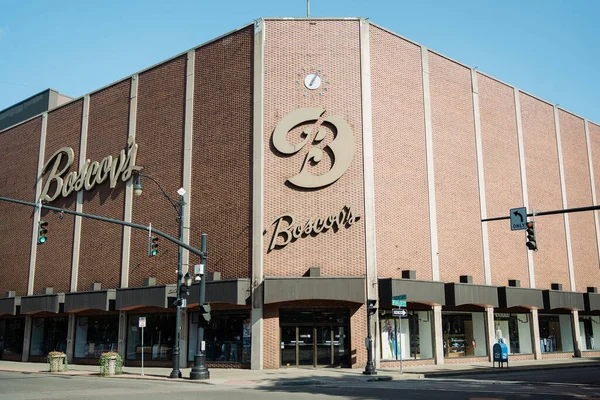
The Binghamton Rumble Ponies (formerly Mets) anchored this small upstate New York city’s identity from their downtown Mirabito Stadium since 1992. The team provided entertainment and community focus in a city that struggled with economic decline after major industries departed.
The 6,012-seat ballpark became a social hub and summertime economic driver for downtown businesses in a community with few professional sports alternatives.
Fort Wayne, Indiana
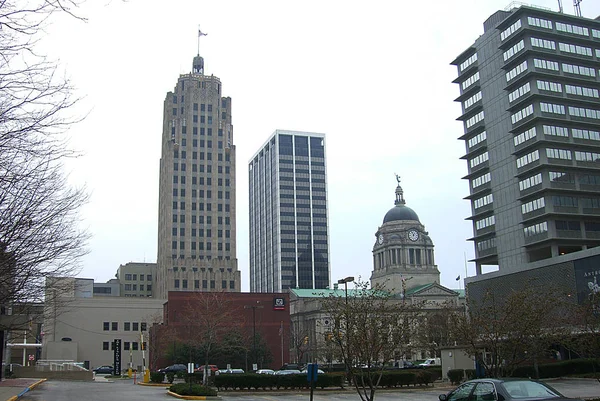
The Fort Wayne TinCaps transformed this Indiana city’s downtown when they built Parkview Field in 2009. The ballpark became the centerpiece of urban redevelopment efforts, attracting over $300 million in private downtown investment compared to only $2 million before the stadium opened.
Local families embraced the team’s unique name and created new summer traditions while new restaurants, shops, and apartments sprouted around the ballpark.
Like Travel Pug’s content? Follow us on MSN.
Where Diamonds Still Shine
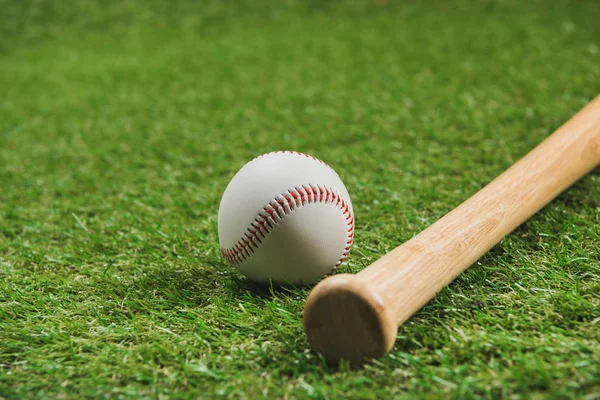
These communities prove that baseball’s power extends far beyond wins and losses on the field. In an era when entertainment options multiply daily, these towns chose to build their identities around a simple game. Their investment in baseball created jobs, traditions, and gathering places that weathered economic storms and social changes.
Today, as America searches for authentic community experiences, these baseball towns offer a blueprint for how sports can unite rather than divide, bringing people together around something bigger than themselves.
More from Travel Pug

- 20 Best Beach Towns in the Carolinas
- 13 Destinations Where Tourists Regularly Regret Their Trip
- 20 Things You Actually Get in First Class
- 20 Small Airports With Aviation Museums
- 20 Places in the U.S. That Are Perfect for a Reset Trip
Like Travel Pug’s content? Follow us on MSN.
